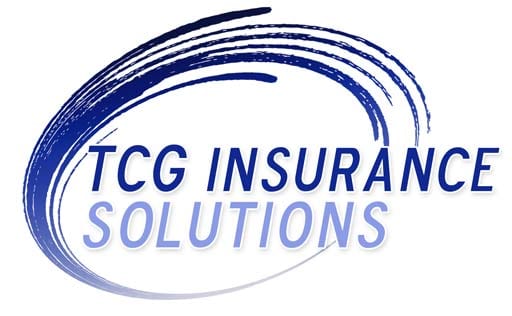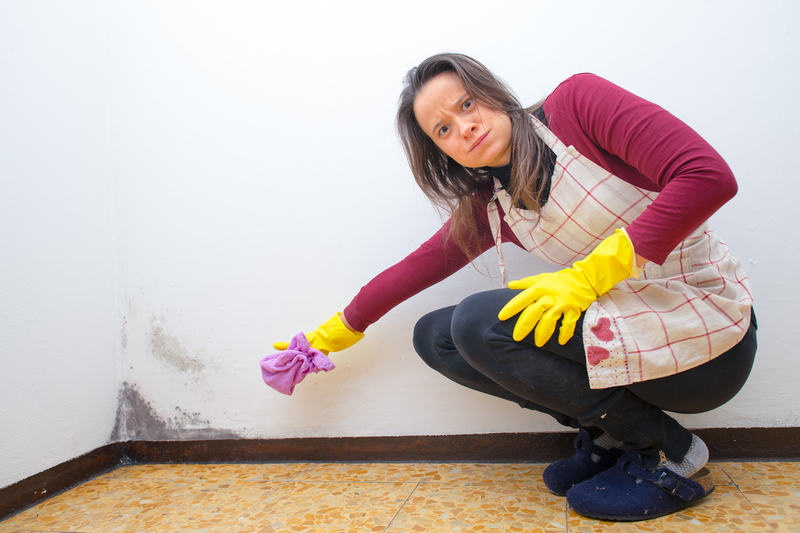Maintaining a healthy home environment is key to overall wellbeing. Often, health risks can lurk undetected within the household, presenting potential dangers. It is important to be aware of these risks, including mold, pests, and gas leaks, to take appropriate action in time.
Mold
Mold can be a silent threat in many households, growing unnoticed in damp and poorly ventilated areas. Bathrooms, basements, and kitchens are often the prime spots for mold development. When mold spores are inhaled, they can cause allergic reactions, breathing difficulties, and exacerbate asthma symptoms. Some molds also produce toxins known as mycotoxins, which can lead to serious health conditions if exposure is prolonged. It’s crucial to control moisture and ensure good ventilation in the house to prevent mold growth. Regular checks in susceptible areas and promptly addressing any water damage can also keep mold at bay. In case of significant mold infestation, professional mold remediation services may be required.
Pests
Pests can be more than just a nuisance. They can carry diseases, contaminate food, and even cause property damage. Cockroaches are known to carry bacteria such as salmonella and E. coli. Their droppings, as well as body parts, can also trigger allergies and asthma, especially in children. Similarly, rodents can spread diseases like hantavirus, leptospirosis, and tularemia. They can also cause structural damage to the house by gnawing on wires and insulation. Regular pest control services can keep these health risks in check, ensuring a pest-free, healthier home environment.
Gas Leaks
Gas leaks, while relatively rare, can be extremely dangerous. Natural gas is odorless and colorless, making leaks difficult to detect without a functioning alarm system. However, an additive called mercaptan gives it a sulfur-like smell, often described as similar to rotten eggs, to alert people to potential leaks. Exposure to leaking gas can lead to a variety of health problems. Low-level exposure can cause headaches, dizziness, nausea, and fatigue, while high levels can lead to unconsciousness or even death. Chronic exposure can also lead to more serious health issues such as breathing difficulties, decreased lung function, and neurological problems. Ensuring your home has a working carbon monoxide detector, regularly servicing gas appliances, and knowing the signs of a potential gas leak can help protect your household from this risk.
Being aware of potential health hazards like mold, pests, and gas leaks is the first step toward a safer home. By adopting proactive measures, you can protect your loved ones and yourself from these risks, contributing to a healthier living environment. Insurance can also offer a safety net, covering unexpected costs that may arise from dealing with these issues. Indeed, the home should be a place of comfort and security, and understanding these risks can help you ensure it remains so.
Did you enjoy this article? Here’s more to read: The Most Common Sources of Home Insurance Claims


